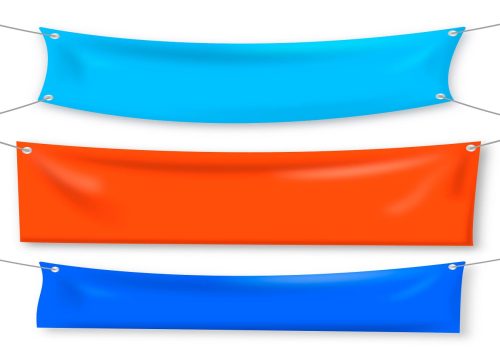A Comprehensive Guide on Designing Signage Solutions
Effective signage is essential for businesses to grab attention, communicate messages, and enhance brand visibility. Designing signage solutions requires careful consideration of various factors to ensure they are impactful and visually appealing. In this comprehensive guide, we will explore the key elements and considerations involved in designing signage that effectively convey messages, attract customers, and elevate brand presence.
I. Understanding Signage Objectives
Before diving into the design process, it’s crucial to understand the objectives of your signage. Are you aiming to promote a product, provide directions, or create brand awareness? By defining the purpose, you can tailor your signage design to align with your specific goals, ensuring that the message is clear and impactful.
II. Considering Target Audience and Location
Signage should be designed with the target audience and location in mind. Consider factors such as demographics, cultural preferences, and the surrounding environment. By understanding your audience and the location where the signage will be placed, you can create designs that resonate with the intended viewers and effectively capture their attention.
III. Choosing Appropriate Typography and Colors
Typography and colour play a significant role in conveying messages and evoking emotions. Select fonts that are legible, suitable for the context, and aligned with your brand identity. Similarly, choose colours that align with your brand and create contrast for easy readability. Harmonious combinations of typography and colours enhance the visual appeal and effectiveness of your signage.
IV. Ensuring Readability and Visibility
Signage should be designed to maximize readability and visibility. Consider factors such as the distance from which it will be viewed, lighting conditions, and potential obstructions. Opt for fonts and sizes that can be easily read from a distance, and choose colours and contrasts that ensure high visibility. Adequate spacing between elements and concise messaging also contribute to improved readability.
V. Incorporating Brand Identity and Consistency
Custom signage solutions should be an extension of your brand identity. Incorporate your brand’s logo, colours, and visual elements to ensure consistency across all touchpoints. Consistent branding builds recognition and reinforces your brand’s image in the minds of viewers. By aligning your signage design with your brand identity, you create a cohesive and memorable brand experience.
Conclusion
Designing signage solutions involves understanding objectives, considering the target audience and location, choosing appropriate typography and colours, ensuring readability and visibility, incorporating brand identity, and optimizing for durability. By following these key considerations, you can create impactful signage that enhances your brand visibility and effectively communicates messages.





